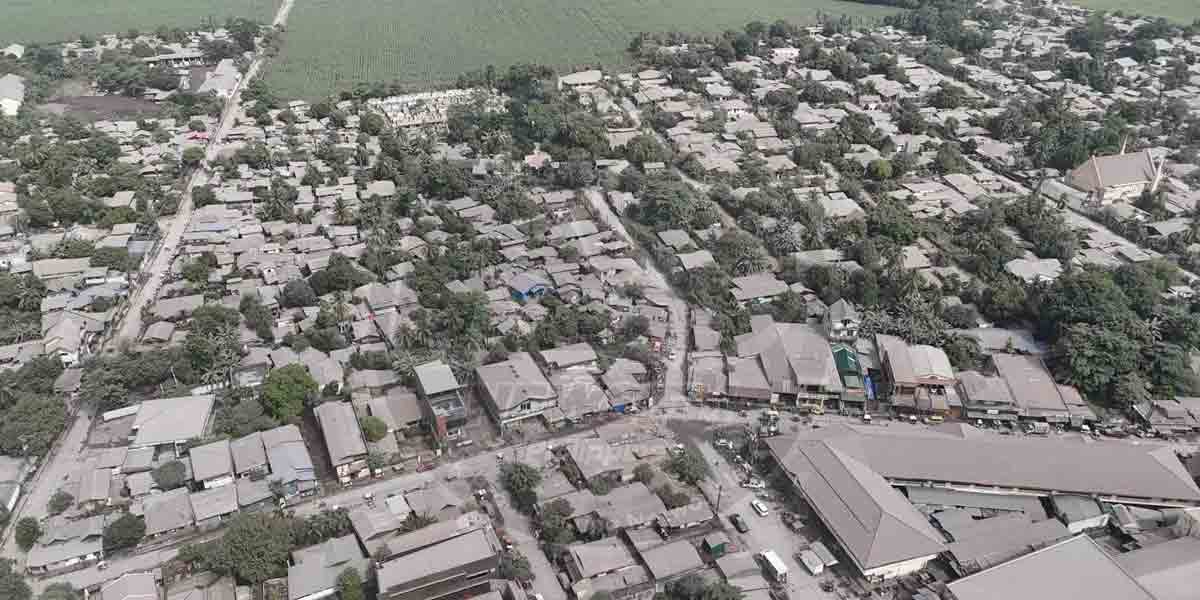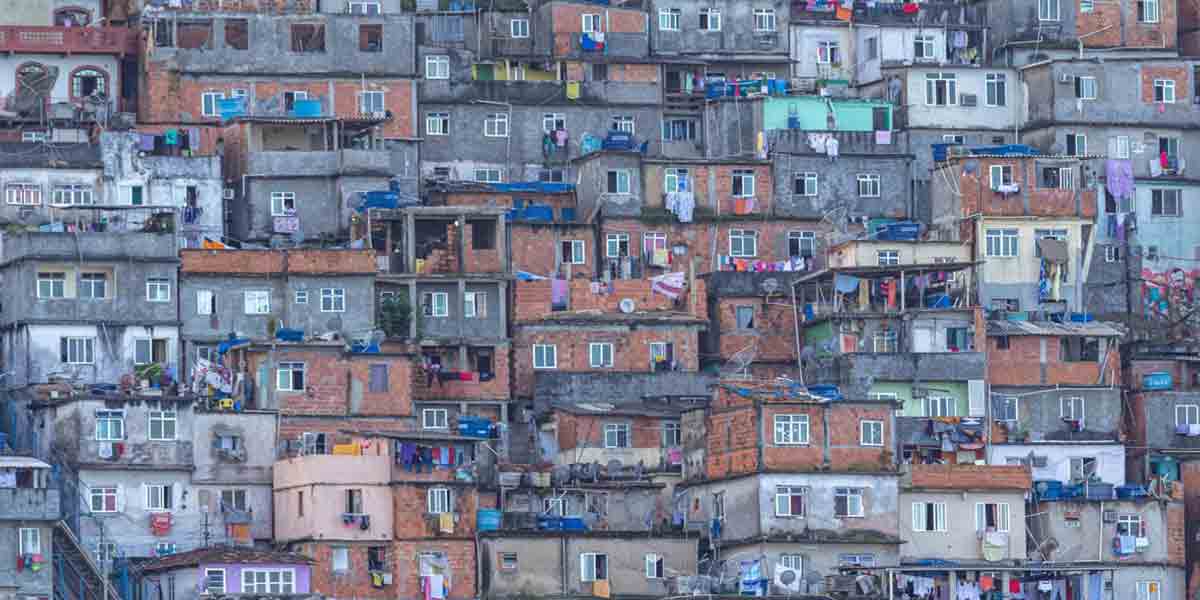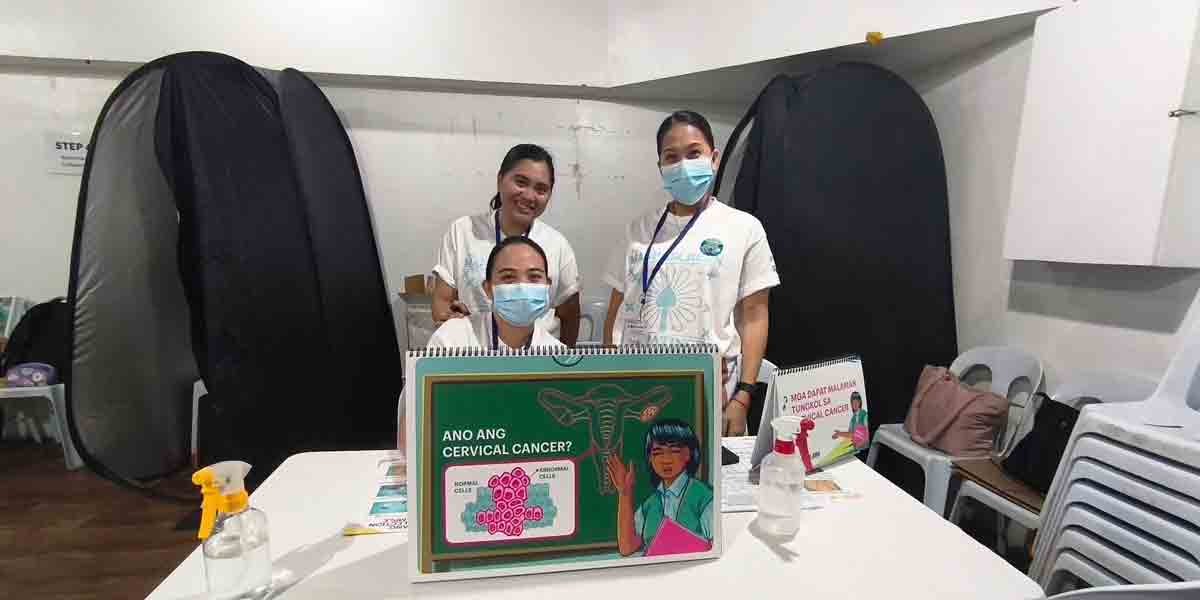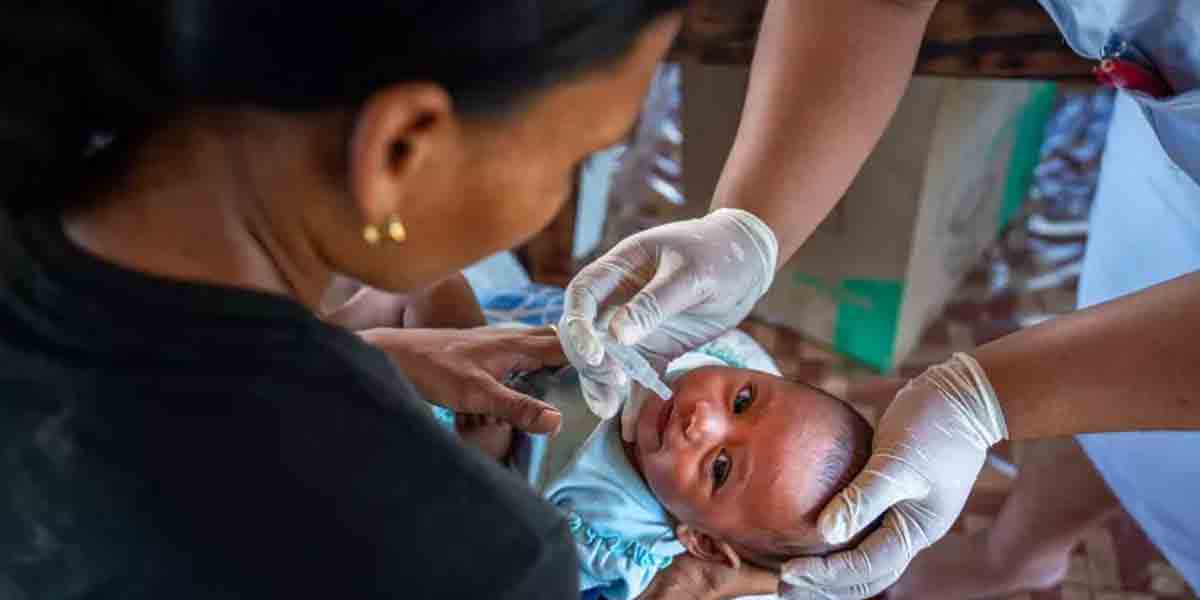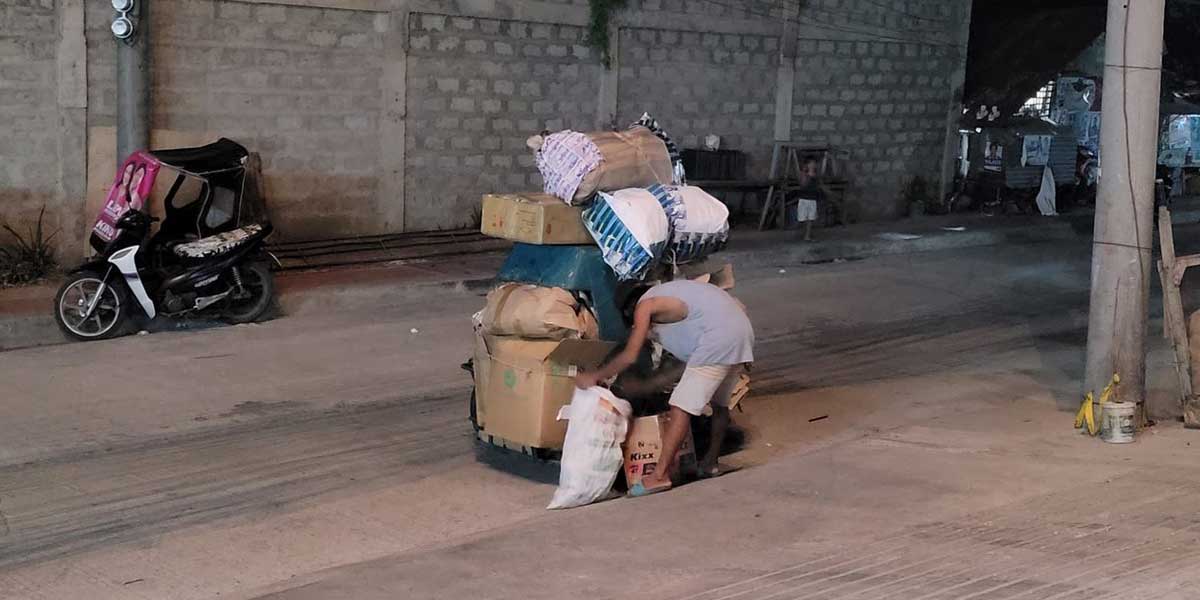
A new global report from the World Health Organization (WHO) has revealed that where people live, work, and grow old can shorten their lives by up to 33 years, underscoring how social and economic inequality—not biology—is now the dominant driver of global health disparities.
The World Report on Social Determinants of Health Equity, launched by WHO in May 2025, shows that fundamental causes of ill health extend far beyond the healthcare system, including poverty, poor housing, education gaps, job insecurity, and discrimination.
“Our world is an unequal one,” said WHO Director-General Dr. Tedros Adhanom Ghebreyesus.
“Where we are born, grow, live, work and age significantly influences our health and well-being,” he added.
“But change for the better is possible,” Dr. Tedros emphasized.
“This world report illustrates the importance of addressing the interlinked social determinants and provides evidence-based strategies and policy recommendations to help countries improve health outcomes for all,” he said.
The report reveals that inequities in health follow a clear “social gradient,” where people living in more deprived areas, with less income and education, experience significantly poorer health and fewer years of healthy life.
This social gradient cuts across countries at all income levels, and it is especially steep for marginalized populations, including Indigenous Peoples, ethnic minorities, and women from disadvantaged communities.
In both high- and low-income nations, Indigenous Peoples consistently have lower life expectancies than non-Indigenous populations, revealing that discrimination compounds socioeconomic disadvantage.
The WHO warns that global progress on health equity is slipping, with widening gaps in outcomes such as maternal and child mortality.
For instance, children born in poorer countries are 13 times more likely to die before age five compared to those in wealthier nations.
Modelling indicates that closing this gap between the richest and poorest could save 1.8 million children’s lives every year.
While global maternal mortality declined by 40% from 2000 to 2023, WHO found that 94% of all maternal deaths still occur in low- and lower-middle-income countries.
Women from marginalized groups face the greatest risk.
In some high-income nations, maternal mortality rates are up to three times higher for Indigenous women compared to others, a disparity linked to unequal access to care, structural racism, and social disadvantage.
The report also identifies gender inequality—including early marriage and denial of reproductive rights—as a major contributor to maternal deaths.
WHO points to deeper, structural drivers of inequity, such as income inequality, debt burdens, climate change, and the digital divide, as factors that continue to shape people’s health outcomes in harmful ways.
Climate change alone is expected to push an additional 68 to 135 million people into extreme poverty within the next five years, eroding health gains and worsening inequalities.
Currently, 3.8 billion people globally lack adequate social protection—such as paid sick leave and childcare—which increases their vulnerability to illness and economic shocks.
In many developing countries, rising debt obligations are squeezing public budgets, making it difficult for governments to invest in basic social services that improve health outcomes.
Over the past decade, interest payments by the world’s 75 poorest nations have quadrupled, crowding out spending for health and education.
To break this cycle, WHO is calling for urgent, collective action from governments, civil society, researchers, and the private sector.
The organization recommends four priority actions: investing in social infrastructure and universal public services; tackling discrimination and conflict-related health risks; managing climate and digital transformations to maximize equity; and reforming governance systems to better target resources to the most vulnerable.
These reforms include maintaining cross-government strategies, allocating power and funds to the local level, and actively engaging affected communities in decision-making.
WHO also highlights the importance of new governance models that prioritize equity and sustainability over short-term economic growth.
“Addressing social determinants of health is not just a moral imperative, it’s a strategic necessity,” said the report.
Public health experts believe that closing these equity gaps could not only extend life expectancy but also reduce long-term costs and build more resilient societies.
Every dollar invested in equitable health and social systems, according to WHO, delivers a return of PHP 3,000 (about USD 54), making equity not only an ethical priority but also a sound economic investment.
The 2025 report is the first comprehensive global review of social determinants of health since WHO’s 2008 landmark commission, which set targets to close the health gap between and within countries by 2040.
However, WHO now warns that many of those targets are unlikely to be met unless urgent corrective action is taken.
The organization urges countries to integrate social determinants into their national health strategies and implement bold policies that prioritize human development.
As world leaders grapple with the aftershocks of the COVID-19 pandemic, rising conflict, and climate crises, the WHO report offers a roadmap for ensuring that no one’s health is determined by their postcode or passport.
“The causes of ill health are deeply embedded in how our societies are structured,” said Dr. Tedros.
“But if we work together—across sectors, across borders—we can build a world where everyone has the opportunity not just to survive, but to thrive.”




